X
Urban heat islands
____
and the influence of the changing solar radiation on earth
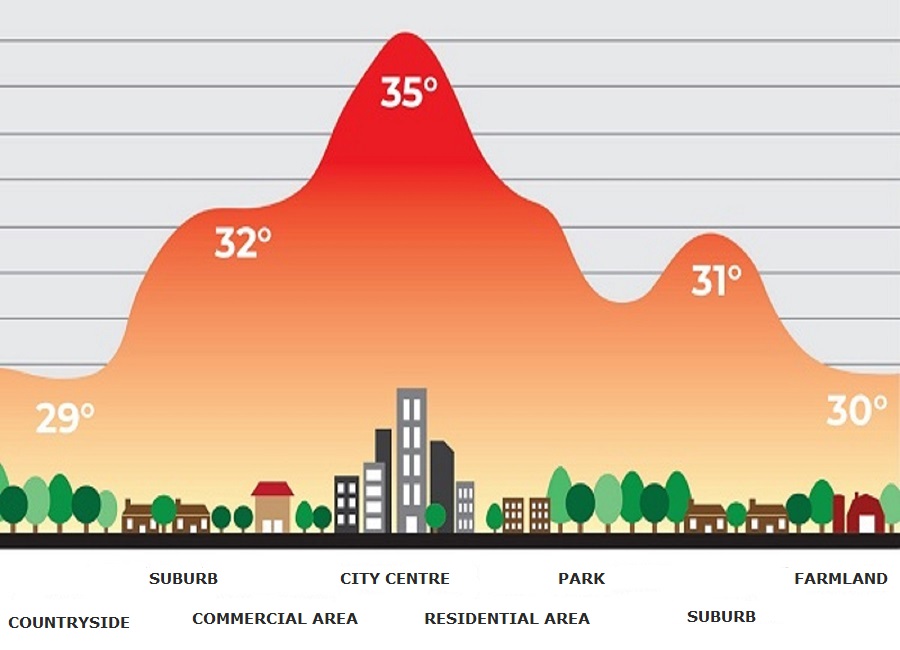
Increasing building development, sealing and the choice of building materials are heating up the cities.
- Roads and buildings act as heat reservoirs and absorb the sun rays.
- The sealing of ever larger areas pollutes the sewage system, causes flooding and lowers the groundwater level.
- The lack of evaporative capacity from discharged rainwater prevents cooling
The urban climate is defined as a changed local climate compared tot he surrounding area.
- Dense development, lack of vegetation and the emission of air pollutants and waste heat can lead to higher average temperatures and pollutant concentrations in cities, as well as lower humidity and wind speeds.
- The urban climate can cause damage to health (increased mortality and diseases) and changes to flora and fauna.
46 % of settlement areas are sealed, according to the Federal Environment Agency (Umweltbundesamt). In 2011, this corresponded to an area of 20847 km², or 2,084,700 ha. The increase is about 100 km²/year (10,000 ha) or the area of about 100 sports fields per day (66 ha.).
XXXX
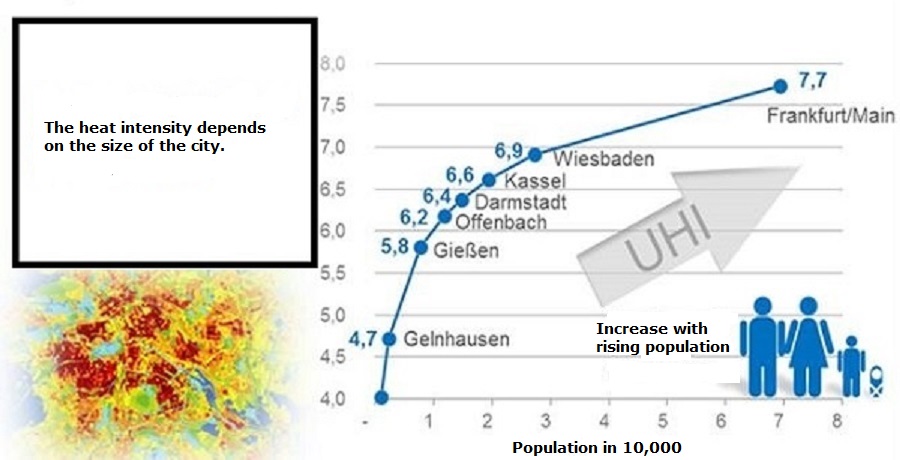
X
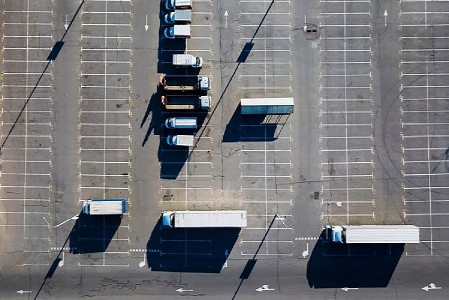
Sealed surfaces in our cities are a gigantic heat reservoir.
In addition, most places lack vegetation that provides shade and cools the air with evaporation. The paved asphalt or stone heats up faster. The building materials used are strong heat accumulators that slowly release their heat at night.
For this purpose, we develop and sell water-permeable coloured cover layers.
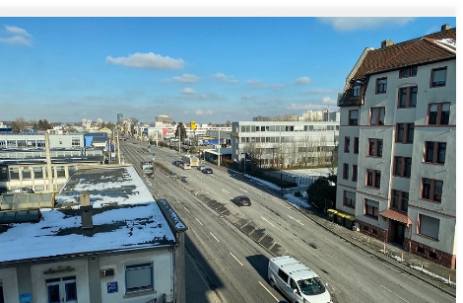
Black asphalt, but also roof tiles etc. absorb the sunrays. While fresh snow reflects the sunrays by up to 95%, roof tiles or "black" asphalt reflect the sunrays by only 10-18%.
This means that the resulting heat is absorbed and cities heat up. The total reflection of the earth is about 30%.
We develop and distribute various reflective products in road and path construction to maintain or exceed this value of total reflection and to compensate for existing less reflective surfaces.

KlimaPhalt is a system that reflects the sunrays, whereby the surface and base layers are water-permeable and the unbound base layers store water. In summer, this water is released again as evaporative cooling.
We will investigate to what extent this counteracts the problem of particulate matter. A positive side effect is that the surface courses have a noise-reducing effect because the open pores absorb sound.
Heat generation due to solar radiation
____
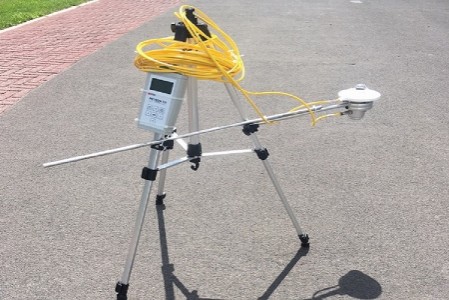
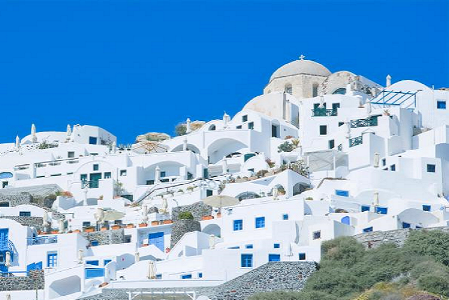
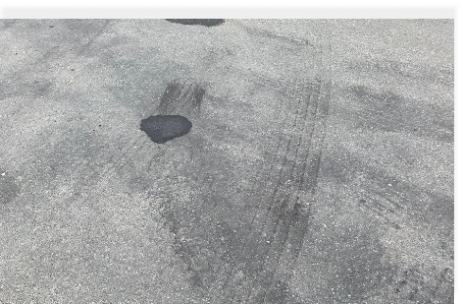
Albedometer
With an albedometer, the heat load from the sun can be measured in watts/m². At the same time, the reflection of the material concerned is measured. Dividing the solar radiation by the back radiation gives the albedo.
Measured on a clear summer day:
Radiation of the sun: 750 Watt/m²
Re-radiation of the "black" asphalt:
75 watts/m²
75 Watt/² / 750 Watt/m² = 0.1
This means: 75 Watt/² (10%) are reflected, 675 Watt/m² are absorbed (converted into heat).
A light-coloured asphalt would reflect 150 watts/m² more in the same place and heat up the surface less. The surface temperature would drop by 6-7 degrees Celsius.
The sun is more active today than it has been for over 8,000 years.
An international group of researchers led by Sami K. Solanki of the Max Planck Institute for Solar System Research has reconstructed the sun's activity over the last 11,400 years, back to the end of the last ice age, through isotope analysis of millennia-old trees and polar ice.
As the scientists from Germany, Finland and Switzerland report in the journal "Nature", one has to go back more than 8,000 years in the history of the Earth until one finds a period in which the sun was as active on average as it has been in the past 60 years ("Nature", 28 October 2004). Based on the study of earlier periods of high solar activity, the researchers predict that the Sun's current high activity will probably last only a few decades.
While southern countries such as Greece have long countered the problem by using white paint and sending the sun back into space via high levels of reflection, we still use mostly black coverings on roofs and streets, exacerbating the problem of urban heat islands.
"Black" asphalt heats up cities
Asphalt, but also concrete, are very good heat accumulators. On a cloudless summer day, the intensity of the radiation can reach up to approx. 1,000 watts/m² on the earth's surface. Depending on the location and atmospheric conditions, this radiant power can amount to an energy quantity of up to 900 to 1,200 kilowatt hours per square metre and year in Germany.
"Black" asphalt reflects only about 10 % of the sun's rays; 90 % of this energy is absorbed and converted into heat. This thermal stress melts the asphalt and damages it permanently. Rutting occurs.
A light-coloured asphalt can reflect 30 % of the sun's rays, the surface temperature is cooler and the roads heat up less during the day. This leads to more comfortable temperatures at night.

